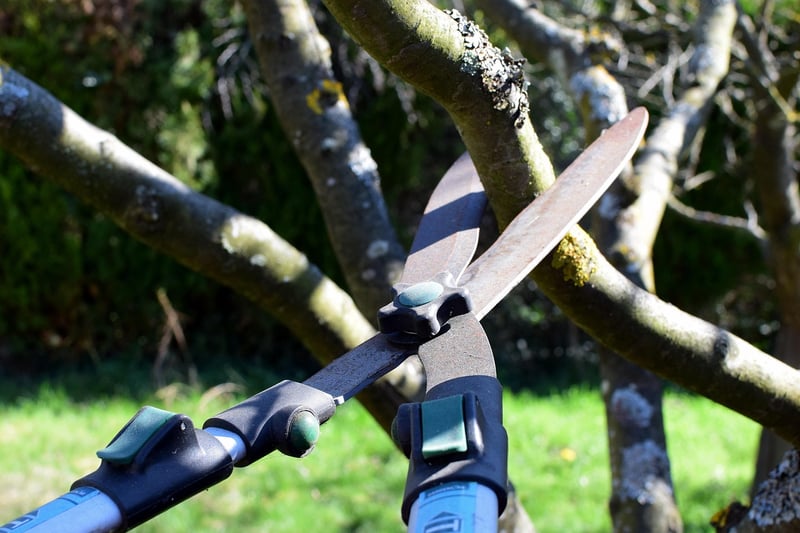Pruning Techniques
Essential Plant Maintenance and Pruning Techniques
Proper plant maintenance is crucial for ensuring the health and beauty of your garden. Regular pruning is a key aspect of plant care that helps promote growth, control shape, and prevent disease. In this guide, we will explore essential plant maintenance tips and pruning techniques to keep your plants thriving.
1. Why is Plant Maintenance Important?
Regular plant maintenance is essential for several reasons:
- Promotes healthy growth
- Controls plant size and shape
- Encourages flowering and fruit production
- Prevents the spread of disease
- Enhances the overall appearance of your garden
2. Basic Plant Maintenance Tips:
Here are some fundamental plant maintenance tips to keep in mind:
- Water plants regularly and deeply
- Remove weeds to prevent competition for nutrients
- Monitor for pests and diseases
- Fertilize as needed to provide essential nutrients
- Ensure proper sunlight exposure for each plant species
3. Pruning Techniques:
Pruning is the process of selectively removing parts of a plant to shape and control its growth. Here are some common pruning techniques:
- Cleaning Cut: Removing dead, diseased, or damaged branches.
- Thinning Cut: Removing excess branches to improve airflow and light penetration.
- Heading Cut: Trimming the tips of branches to promote bushier growth.
- Pinching: Removing soft growth tips to encourage branching.
- Shearing: Shaping plants into geometric forms using shears.
4. Tools for Pruning:
Having the right tools is essential for effective pruning. Some common pruning tools include:
- Hand Pruners
- Loppers
- Pruning Saws
- Hedge Shears
- Pole Pruners
5. Recommended Pruning Schedule:
While the pruning schedule may vary depending on the plant species, a general guideline is to prune as follows:
- Spring: Prune flowering shrubs after they bloom.
- Summer: Lightly prune to shape plants.
- Fall: Remove dead or diseased branches before winter.
By following these plant maintenance tips and pruning techniques, you can ensure the health and beauty of your garden year-round.

Remember, each plant species may have specific pruning needs, so it's essential to research the requirements of your plants to provide them with the best care.
Happy pruning!
